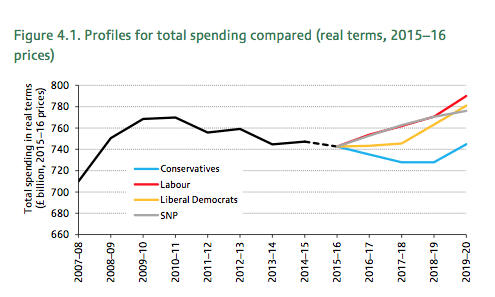True. I never voted Labor or Liberal anyway.When you factor in the "options" for Prime Ministers and governments that you're voting for in Australia compared to the UK, it's elevated to a sidestep.
At least the Senator I voted for got in. If only we had a democratically elected upper house too...



